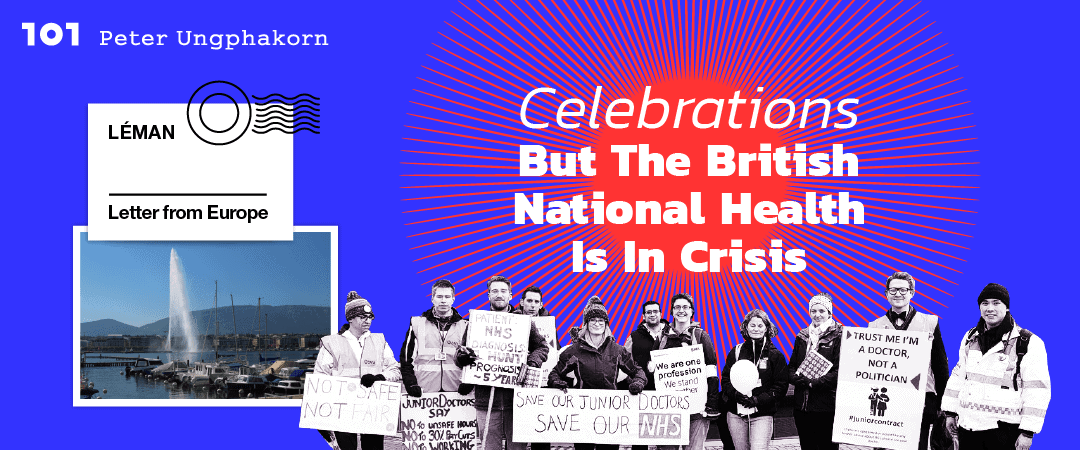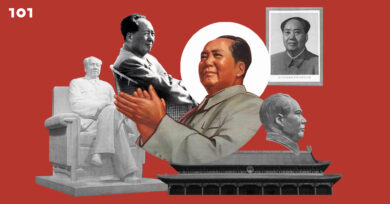Peter Ungphakorn
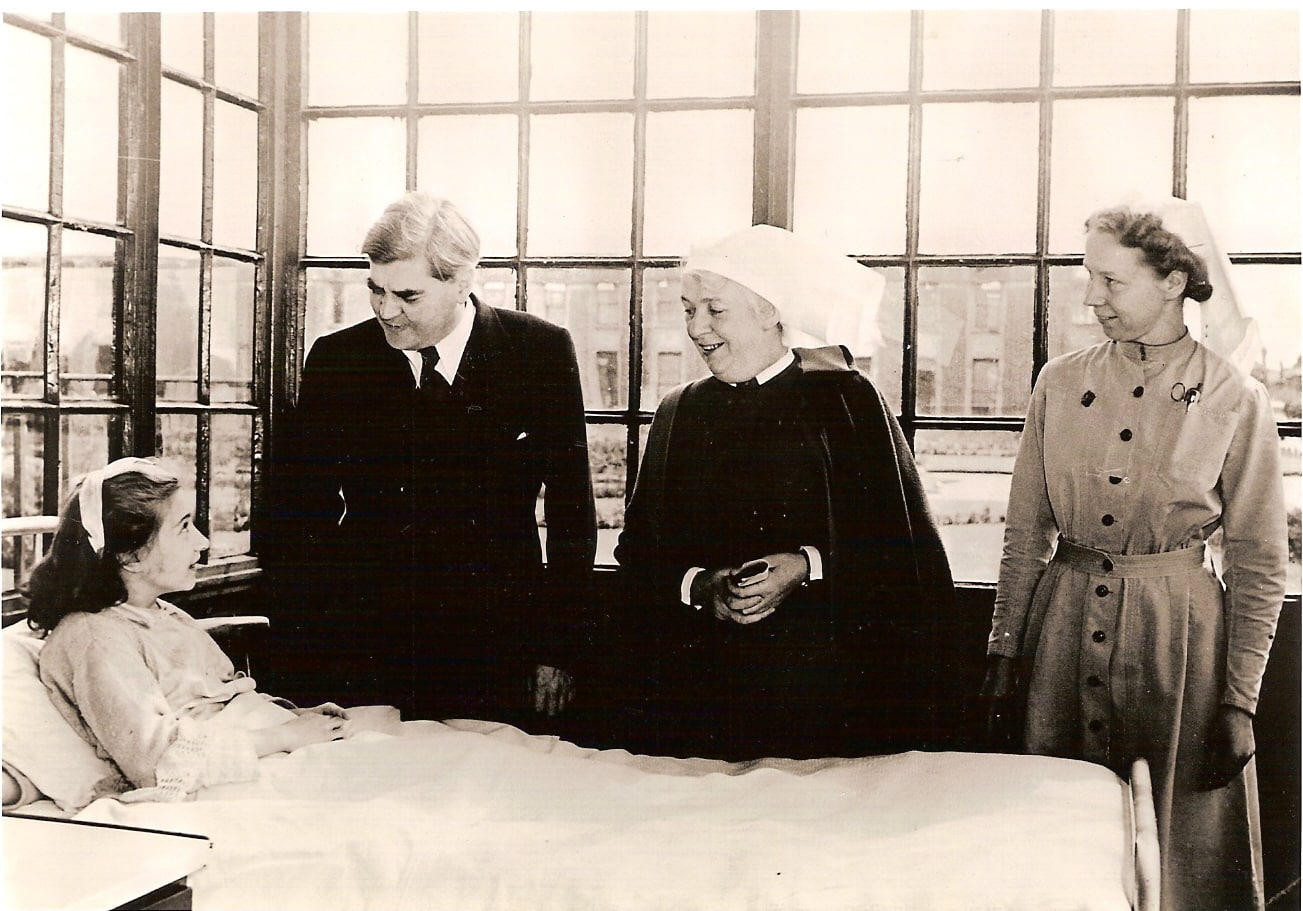
Questions: Voters notoriously oppose tax increases, but in Britain there’s one unequivocal exception. What is it? And what has just been celebrated even though it’s in crisis?
Answer to both: Britain’s National Health Service (NHS), born 70 years ago on July 5, 1948.
One of its first patients was 13-year-old Sylvia Diggory, in a hospital near Manchester. On that day she heard just how important it was from an important visitor.
“Mr Bevan asked me if I understood the significance of the occasion and told me that it was a milestone in history — the most civilised step any country had ever taken,” she recalled later.
Aneurin “Nye” Bevan was the architect of one of the first nationwide universal healthcare systems that would be available, essentially free, to the whole population.
The idea that “no one will be deprived of healthcare because they cannot afford it” was encapsulated in three principles: that it meets the needs of everyone, is free at the point of delivery and is based on clinical need, not ability to pay.
“No society can legitimately call itself civilised if a sick person is denied medical aid because of lack of means,” he wrote in 1952.
Bevan was health minister in an extraordinary period in British politics. The decade had begun with Britain at war with Germany, Italy and Japan. Immediately after the war, British voters said “thank you and bye-bye” to wartime premier Winston Churchill and elected a new Labour Party government in 1945, which introduced a number of welfare reforms.
Bevan’s job in the new government was to create the National Health Service, an idea that had been around since the beginning of the 20th Century. It became the Labour Party’s policy in 1934 and the idea won cross-party support — with variations — following the release in 1942 of a government report on Social Insurance and Allied Services, known as the Beveridge Report. Bevan’s Conservative predecessor had also played a part.
The year after the election, creating the National Health Service was written into law, and two years later it came into being by taking over local authority hospitals. Bevan had to overcome opposition from Conservative politicians, who wanted it to be controlled locally, rather than nationally, and from doctors in the British Medical Association (they are now overwhelmingly in favour of it).
But Bevan’s ideal would not last. After only three years he resigned because charges were introduced for dentures and glasses. Back in power a year later, Churchill’s Conservatives introduced prescription charges.
Controversies over just how free the service should be — or how much the country can afford — have popped up periodically ever since. Most patients are now charged a contribution towards dental treatment and have to pay for eye care.
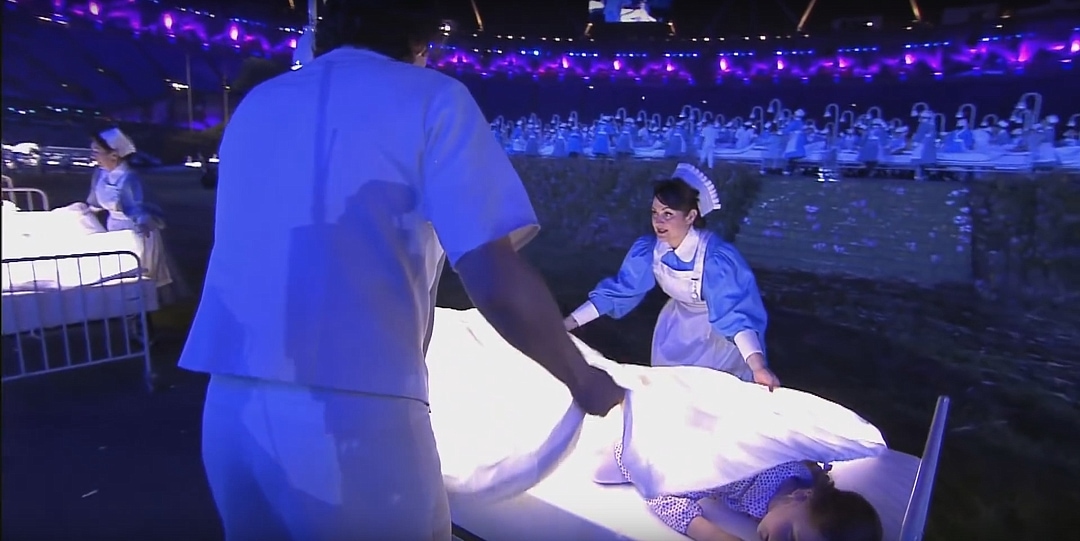
https://vimeo.com/47528368
70 years on
Seventy years later, the NHS is the institution held in the highest esteem by the British public. It’s the only reason why a tax increase would have overwhelming support.
Consequently a lot of major political debates are about protecting and strengthening it, from political parties’ election manifestoes to Britain leaving the European Union (Brexit). The NHS is a national treasure, but also a political football.
So popular is it that the NHS featured as a major British achievement in the opening ceremony of the 2012 London Olympics. The programme described it as “the institution which more than any other unites our nation”.
Universal healthcare takes a number of forms. In many countries it is financed by private or public health insurance, sometimes mixed with tax revenue. In the UK and a few others healthcare costs, including visits to family doctors, are covered almost entirely by tax — 98.8% from tax and national insurance contributions in Britain. Some small amounts come from patient charges for some services.
“Only Spain comes close to the NHS free primary care system, offering universal healthcare to anyone who is resident — legally or illegally — in the country, as well as to tourists and other visitors. Since 2012, undocumented foreigners have been entitled only to emergency care,” the Guardian reported.
The NHS does have a degree of decentralisation. Wales, Scotland and Northern Ireland have their own devolved governments, each now looking after its own independent service. NHS England is run by the United Kingdom government. Some activities are shared.
The service has expanded considerably in its 70 years. It now has a budget of £120.5 billion per year, about £2,000 per person. Back in 1948 the budget was the equivalent of about £9 billion in today’s money.
It is one the largest employers in Britain. NHS England (excluding versions in Scotland, Wales and Northern Ireland) employs 1.2 million people. About half of them (about 641,000) are professionals in hospital and community healthcare — 116,605 doctors; 319,962 nurses and health visitors; 26,331 midwives; 21,775 ambulance staff; and 156,678 scientific, therapeutic and technical staff. It has 23,398 managers; and 10,743 senior managers.
Outside the hospitals are almost 8,000 general-practitioner clinics and other services, a number that is now falling.
On its 70th anniversary the NHS has received countless tributes from people who have been treated at various levels. From time to time it is described as a British “religion”.
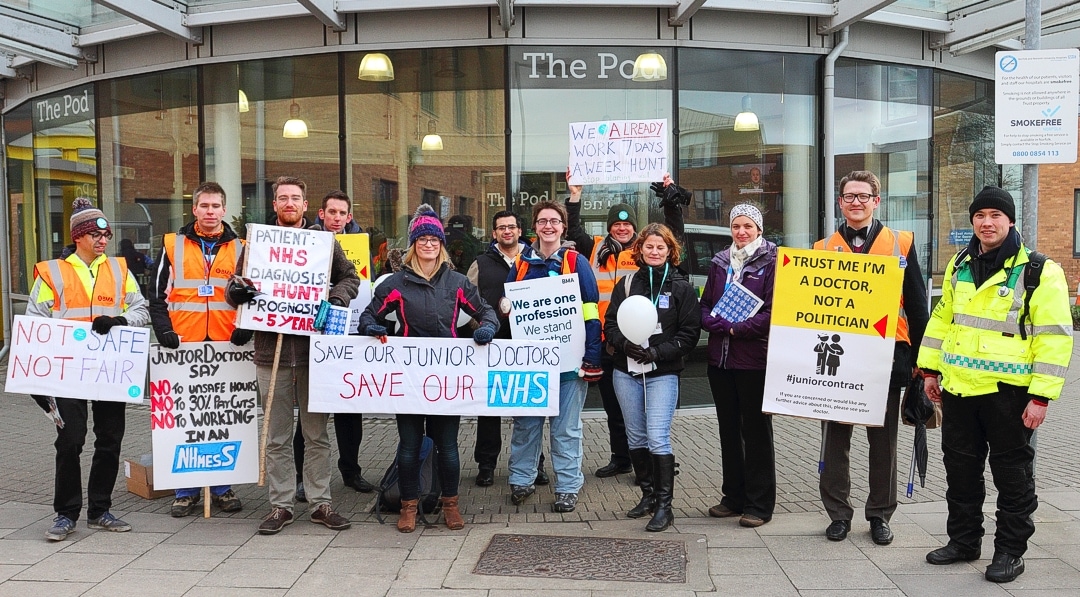
Eternal winter
But, all is not well. Last winter (2017/18), a peak period for sickness in any year, saw serious congestion at accident and emergency (A&E) units across the country.
A large number of less urgent operations were postponed to clear hospital beds. Even so, television news showed distressing sights of patients lying for hours on trolleys in corridors waiting for beds to come free. Ambulances queued outside hospitals because there was no room in A&E.
“More than 1,000 patients faced trolley waits of more than 12 hours in January, after doctors had decided they should be admitted to a ward. The figure is the highest on record, and more than twice that the previous month,” reported the Daily Telegraph in February.
“Overall, just 77.1% of patients at major A&E units were treated within four hours, against a target of 95 per cent. The record low was reached despite the cancellation of up to 55,000 operations, in an attempt to relieve immediate pressures, in the worst flu season for seven years.”
By spring, the media were warning of “eternal winter” as the service continued to struggled to meet targets for waiting times.
“Just 76.4% of patients needing urgent care were treated within four hours at hospital accident and emergency units in England in March – the lowest proportion since records began in 2010 and down on the 76.9% figure in February,” reported The Guardian.
“In addition, the proportion of patients waiting to receive planned care in hospital within the 18 weeks guaranteed by the NHS constitution has fallen to its worst level. Just 87.9% of those awaiting hip, knee, hernia, cataract or other types of operations or procedures, began their care in February in that time. Almost half a million patients have waited longer than 18 weeks.”
On the supply side, the problem is funding as the government continues with a controversial policy of austerity in order to reduce the budget deficit and borrowing.
“Just to keep the NHS providing the level of service it does today will require us to increase spending by an average 3.3% a year for the next 15 years — with slightly bigger increases in the short run to address immediate funding problems,” the Institute for Fiscal Studies and Health Foundation think-tanks said in May.
“This would mean health spending rising faster than national income and would take health spending from 7.3% of national income today to 8.9% of national income by 2033–34.”
It would also mean £2,000 per year per household in additional tax.
Also on the supply side is a shortage of staff, including some specialist skills, made worse by the departure of migrants from the European Union who work in the NHS. Some of those who returned home blamed uncertainty over their rights after Brexit and a worsening atmosphere towards foreigners.
Out of 1.2 million staff in NHS England around 139,000 or 12.5% are foreign, holding 200 different nationalities. About 62,000 or 5.6% are from other EU countries. About 47,000 are Asian nationals, including 18,348 Indians, 15,391 from the Philippines, and almost 300 Thais.
The government’s attempts to tackle the problem by changing contracts and working hours have added to the stress, with doctors staging a number of strikes in recent months.
On the demand side is increasing pressure from an ageing population — back in 1948 life expectancy was 66 for men and 70 for women; today it is 79.2 for men and 82.9 for women. Combined with higher expectations of what healthcare should deliver, this requires more modern and more expensive treatment.
The task has “moved on from the idea of fixing people, and now it’s much more about supporting people with long-term conditions,” says Ben Gershlick, Health Foundation analyst and one of the authors of the think-tanks’ report.
Austerity also takes a toll on public health, particularly among lower income sections of the population.
Part of the challenge is to improve healthcare in the community in order to reduce pressure on hospitals, and to improve coordination between the two. Better community care means fewer patients need to go to hospital, and many who are in hospital can leave earlier.
A number of neglected areas also need to be improved, particularly mental health.
But community care is also in crisis. Largely outside the NHS, public sector care is run by local government, which has been hit even harder by government spending cuts.
Private healthcare exists in the UK as well, and controversially some national health services are outsourced to the sector. This poses another risk. If NHS care deteriorates further, patients who can afford it could move to the private sector, further worsening the NHS and creating a vicious circle.
For now, that is being resisted.
#trumpmarch pic.twitter.com/JsvEmS92qM
— Eloise Todd (@eloisetodd) July 13, 2018
The ‘B’ word
In June, Prime Minister Theresa May announced a “birthday present” for the NHS of £20 billion per year, or an additional 3.4% per year of NHS spending until 2023, approximately what the think-tanks called for but only for the first few years of their proposal.
May hinted this would come partly from additional tax, but crucially she said it would also be funded from a “Brexit dividend” — savings from the UK no longer having to pay for EU membership.
“There is no Brexit dividend,” was the immediate reaction of Institute for Fiscal Studies director Paul Johnson, another of the authors of the paper on NHS funding.
May’s claim touched a raw Brexit nerve. In the run-up to the 2016 Brexit referendum, campaigners for the UK to leave the EU were accused of making false claims. They painted a bus with the slogan that Brexit would make £350 million per week available for the NHS — a symbol of how the health service can be used and abused in political campaigns.
May’s latest claim has been challenged because under a proposed agreement with the EU, Britain would continue to contribute to the EU’s budget at least until 2023, money that the UK receives from the EU for regional development (and for NHS projects) would cease, and the slowdown in economic growth — which is already happening — is cutting British government revenue and therefore squeezing resources available for health.
On Tuesday (July 17) the Office for Budget Responsibility, the UK’s official fiscal watchdog, more or less confirmed that there will be no “Brexit dividend” available for the NHS.
Among the broader battles between “leavers” and “remainers” is the question of whether free trade agreements with other countries such as the US could compensate for losses from the break with the EU.
One of the objections some campaigners have against a UK-US free trade deal is the claim that Washington would want Britain’s healthcare sector to open up to private American corporations.
“Keep your tiny hands off our NHS,” featured among the placards in the huge protests against US President Donald Trump when he arrived in the UK on July 13, 2018.
All of which just goes to show how a precious national asset can be kicked around for political purposes precisely because it is so valuable.
The NHS might not be as free and universal as Bevan had expected 70 years ago, but it is still close to that ambition. It is likely to continue to be both treasured and a battleground for some time to come.
Peter Ungphakorn is based on the shores of Lake Léman in Switzerland. He spent almost two decades with the WTO Secretariat, Geneva. Before that he worked for The Nation and the Bangkok Post. He now writes for IEG Policy on agricultural trade issues and blogs on trade, Brexit and other issues at https://tradebetablog.wordpress.com/. He tweets @CoppetainPU.
